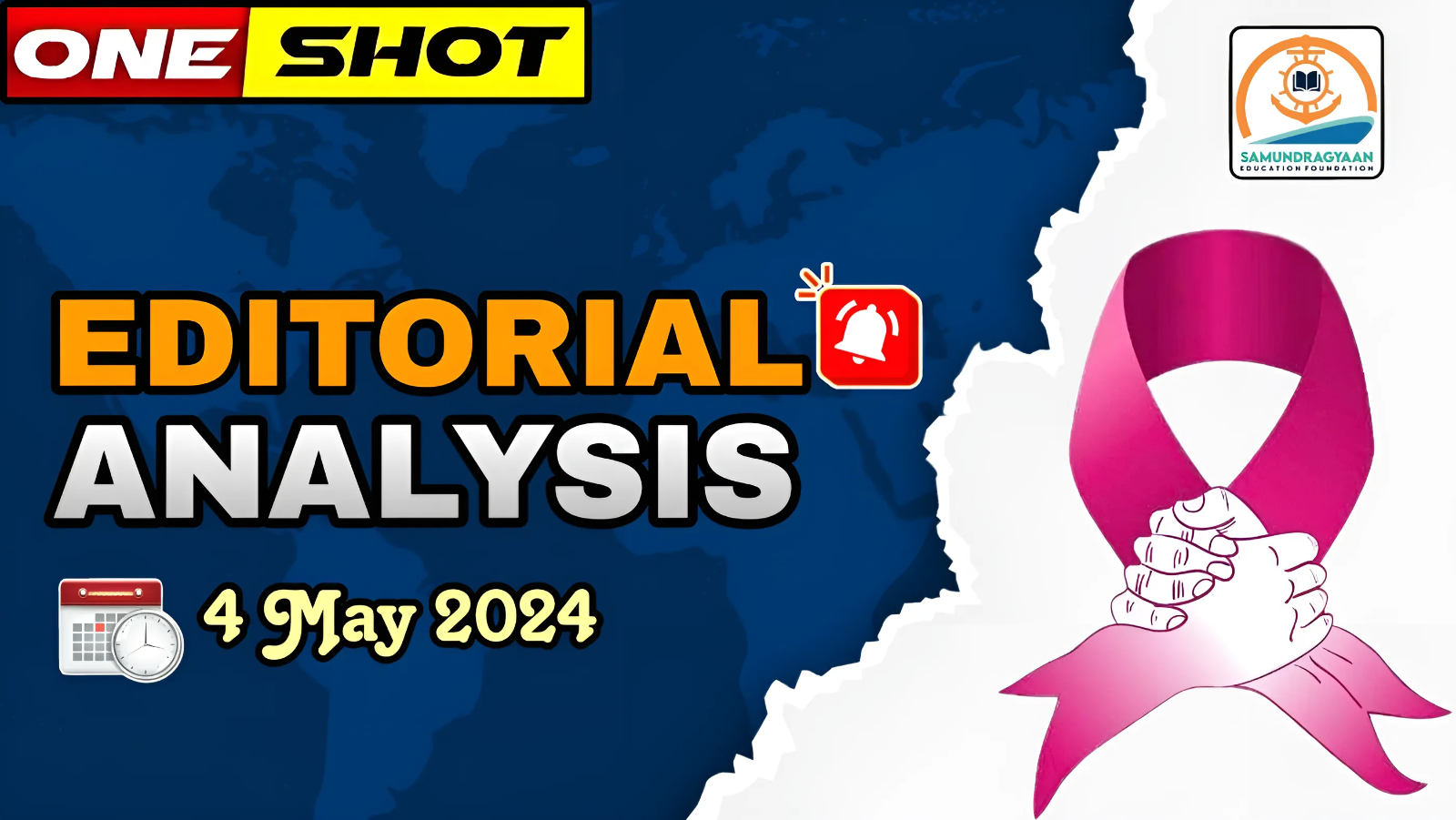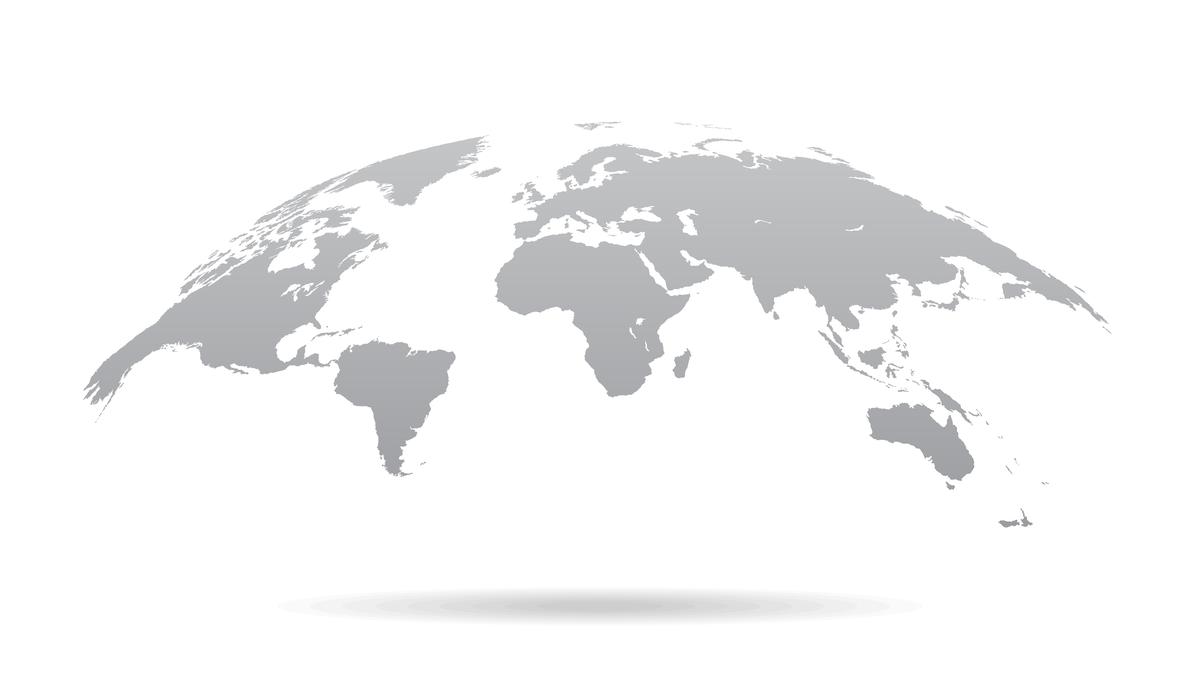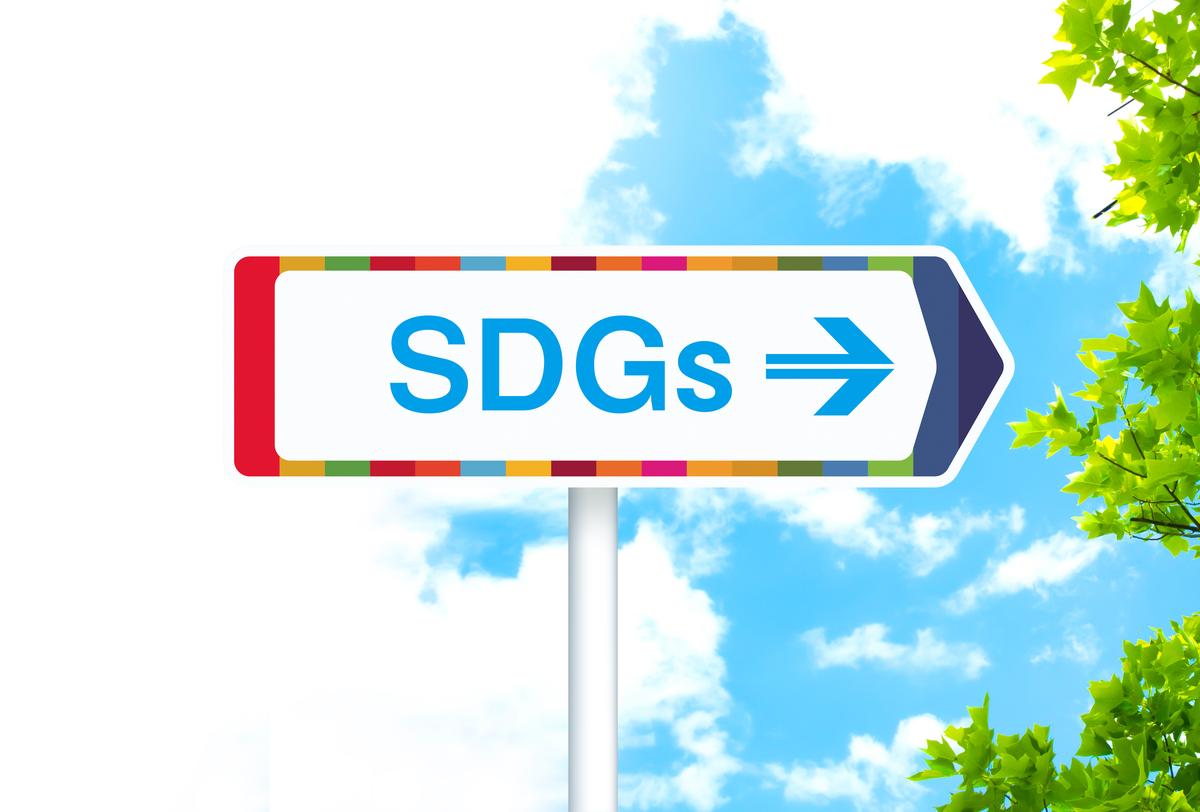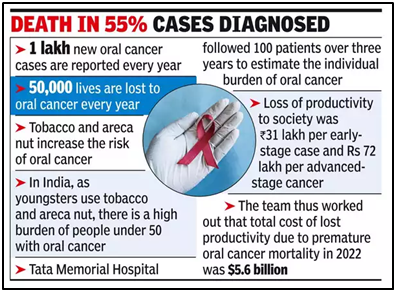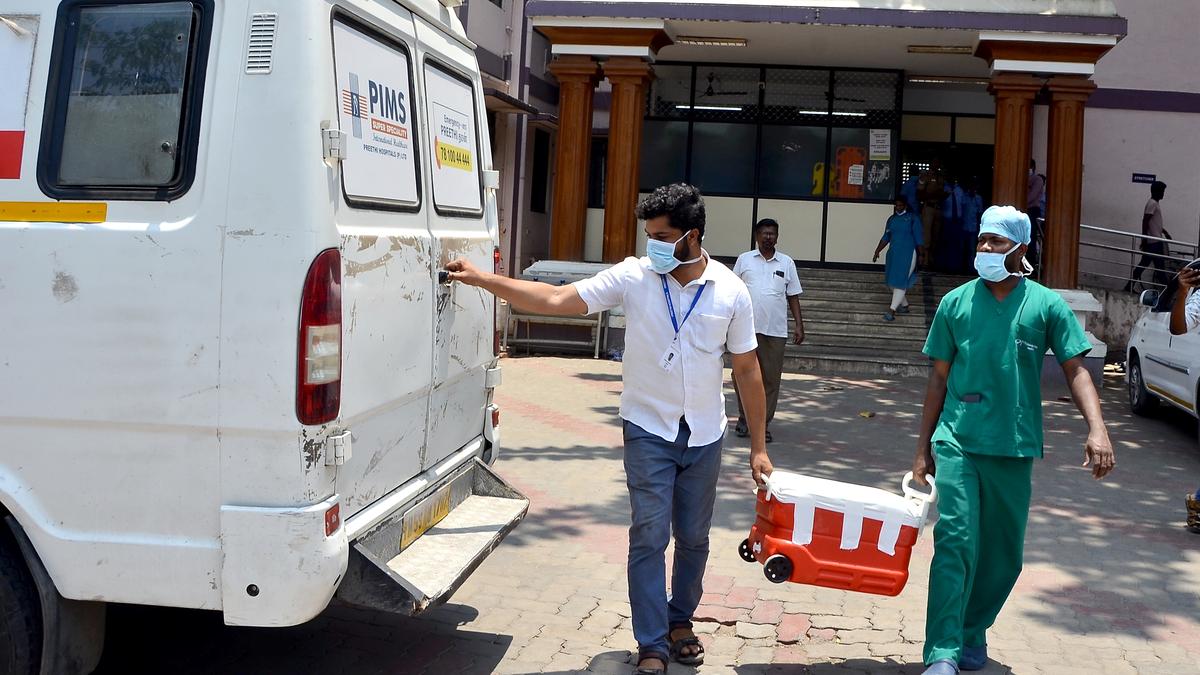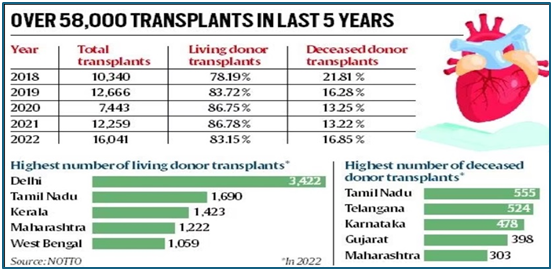| Topic: GS2 – International Relations |
| Context: |
| ● The article discusses the paradoxical nature of India’s foreign policy, where its global rise contrasts with a decline in regional influence, primarily due to China’s ascendance in South Asia.
● Despite India’s growing power and participation in global forums, its ability to assert dominance in its immediate neighbourhood has weakened. ● The article proposes strategic shifts and leveraging of soft power to navigate this complex geopolitical landscape effectively. |
Introduction: Understanding the Paradox
- The paradox of India’s contemporary foreign policy lies in its global rise amid regional decline, attributed to changes in relative power dynamics, particularly vis-à-vis China, and shifting geopolitical landscapes in South Asia.
India’s Global Rise
- India’s aggregate power has surged in the last two decades, evident in economic growth, military capabilities, and global recognition through participation in key forums like the G-20 and the Quad.
| G-20 and The QUAD |
| G-20:
● The Group of Twenty (G-20) is an international forum for the governments and central bank governors from 19 countries and the European Union. ● Established in 1999 in response to the financial crises of the late 1990s, it aims to discuss policy issues pertaining to the promotion of international financial stability. ● Member countries represent major economies, including the United States, China, India, Japan, Germany, and others. ● G-20 summits are held annually, providing a platform for leaders to address global economic challenges and coordinate policy responses. ● Topics discussed include trade, development, climate change, and sustainable development goals. ● The G-20 accounts for around 80% of global GDP and two-thirds of the world’s population, making it a significant forum for global economic governance. QUAD (Quadrilateral Security Dialogue): ● The QUAD is an informal strategic forum comprising the United States, Japan, India, and Australia. ● Formed in 2007 and revived in 2017, it aims to promote a free, open, and inclusive Indo-Pacific region. ● Member countries share common values and concerns regarding maritime security, regional stability, and the rise of China. ● The QUAD conducts consultations and joint exercises to enhance cooperation on security and defence issues. ● It seeks to uphold international rules-based order and address common challenges such as terrorism, piracy, and natural disasters. ● The QUAD serves as a platform for diplomatic engagement and coordination among like-minded democracies in the Indo-Pacific region. |
- Its inclusion in multilateral groups underscores its geopolitical significance, especially in the Indo-Pacific, where India holds a central position.
- The international community, except China, increasingly accommodates India’s aspirations for global leadership.
Regional Decline and Extraneous Factors
- However, India’s influence in South Asia has weakened compared to the Cold War era, exacerbated by China’s ascendance in the region and the United States’ withdrawal.
- The region’s smaller powers engage in balancing acts, viewing China as a hedge against India, shifting the regional balance of power.
Impact of China’s Rise
- China’s emergence as a regional superpower poses the most significant challenge to India’s influence in South Asia.
- India faces heightened geopolitical competition in its neighbourhood, leading to strategic shifts among smaller powers aligning with China.
Revisiting India’s Strategy
- India must acknowledge the changing geopolitical landscape and modernise its approach to the region.
- Focusing on its strengths, such as cultural ties, and engaging with the maritime Indo-Pacific to counterbalance continental challenges are vital strategies.
- Embracing a non-India centric lens and leveraging partnerships with external actors can address regional challenges.
Utilizing Soft Power and Informal Diplomacy
- India should harness its soft power to maintain influence, fostering informal contacts and conflict management processes in the region.
- Encouraging informal engagements with civil society actors can bridge diplomatic gaps, especially in sensitive areas like Myanmar.
| What is soft power of a country? |
| Soft Power of a Country:
● Soft power refers to a nation’s ability to influence others through culture, values, and diplomatic initiatives rather than military or economic coercion. ● It includes elements like cultural exports, diplomacy, education, and global leadership in various fields. ● Soft power enhances a country’s reputation, fosters international cooperation, and strengthens diplomatic ties. ● It complements traditional power resources and promotes goodwill and positive perceptions abroad. Soft Power of India: ● .Cultural Richness: Bollywood, Yoga, Ayurveda, and diverse cuisine. ● Historical Legacy: Ancient civilization, philosophy, and spirituality. ● Diplomacy: Non-alignment, peacekeeping efforts, and global advocacy. ● Education: Growing importance of Indian universities and diaspora. ● Economic Growth: Emerging market status and entrepreneurial spirit. ● Technology: IT industry prowess and space exploration endeavours. ● Diversity: Unity in diversity, showcasing pluralism and tolerance. |
Implications for India’s Global Aspirations
- The paradox raises questions about India’s ability to maintain global leadership if it fails to assert primacy in its immediate neighbourhood.
- Addressing the paradox requires a nuanced approach balancing regional concerns with global ambitions.
Conclusion: Navigating the Paradox
- India’s foreign policy must navigate the complexities of its global rise and regional decline by adapting strategies to shifting power dynamics and leveraging soft power to maintain influence in its neighbourhood.
| Conflicts with neighbourhood countries and India |
| Myanmar:
● India’s relationship with Myanmar is generally positive, focusing on security cooperation, counterinsurgency efforts, and economic ties. ● However, India faces challenges related to the Rohingya refugee crisis, as Myanmar’s handling of the minority Rohingya population has drawn international criticism. ● India balances its support for Myanmar’s democratic transition with concerns over human rights violations and instability in the region. Maldives: ● India-Maldives relations have experienced fluctuations due to political turmoil and shifts in leadership. ● The Maldives’ growing engagement with China has strained ties with India. ● India intervened diplomatically to support democratic institutions and stabilise the political situation during times of crisis. ● The social media spat exposed deeper issues. The Maldives’ new president has called for a more independent foreign policy, including potentially reducing Indian military presence and increasing ties with China. Sri Lanka: ● India-Sri Lanka relations have been influenced by the ethnic conflict in Sri Lanka, particularly regarding the Tamil minority. ● India’s intervention in the Sri Lankan Civil War and subsequent peacekeeping efforts strained relations with the Sri Lankan government. ● China’s increasing influence in Sri Lanka, particularly through infrastructure projects like the Hambantota Port, poses challenges for India’s strategic interests in the region. ● Efforts to improve ties include economic cooperation, cultural exchanges, and addressing concerns related to regional security. Afghanistan: ● India-Afghanistan relations are primarily focused on development assistance, infrastructure projects, and counterterrorism efforts. ● The Taliban insurgency and Pakistan’s support for militant groups in Afghanistan pose security challenges for both India and Afghanistan. ● India’s role in Afghanistan’s reconstruction and efforts to build diplomatic ties has been met with opposition from Pakistan. ● Despite these challenges, India remains committed to supporting Afghanistan’s stability and development. Nepal: ● India and Nepal have historical and cultural ties, but disputes over border territories strain relations. ● Nepal’s objection to India’s construction of the Lipulekh Pass road and the Kalapani region led to diplomatic tensions. ● Nepal’s constitutional amendments also sparked concerns in India regarding the rights of the Madhesi community. ● Efforts to address grievances and maintain goodwill are ongoing, but periodic strains persist. Bangladesh: ● India-Bangladesh relations have significantly improved in recent years, marked by cooperation in trade, security, and connectivity. ● Historic issues like the sharing of river waters, particularly the Teesta River, remain unresolved but are being addressed through dialogue. ● Both countries collaborate closely on issues like counterterrorism and regional stability. ● Bilateral ties are generally positive, with efforts to address outstanding issues through mutual understanding and cooperation. |

